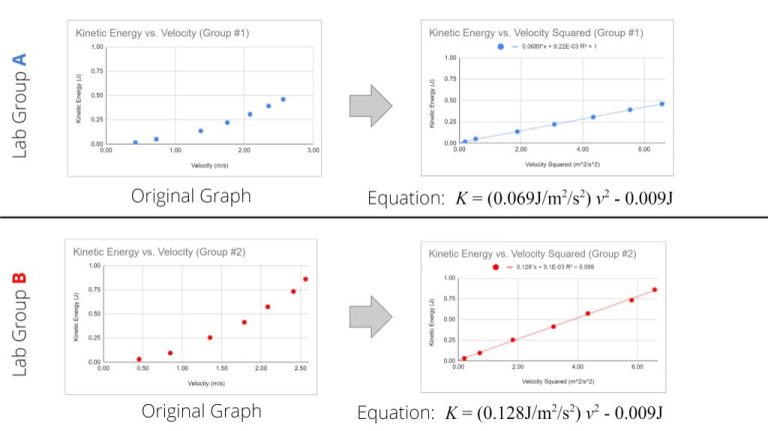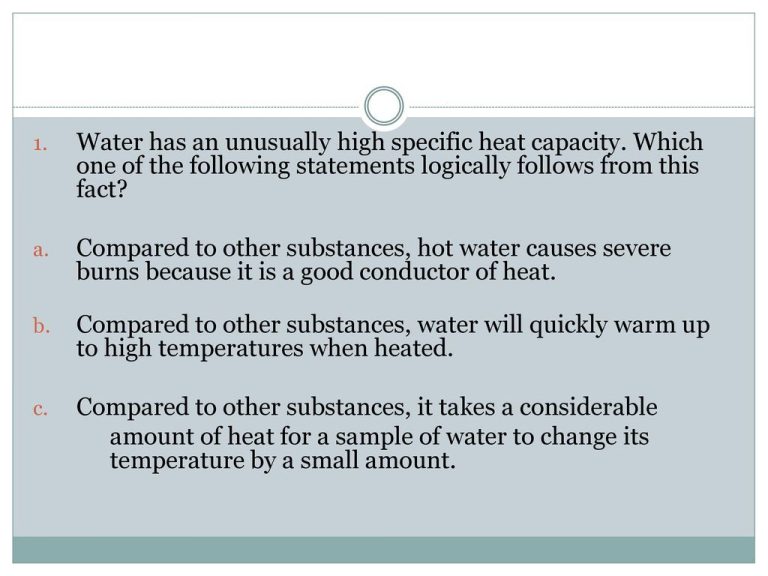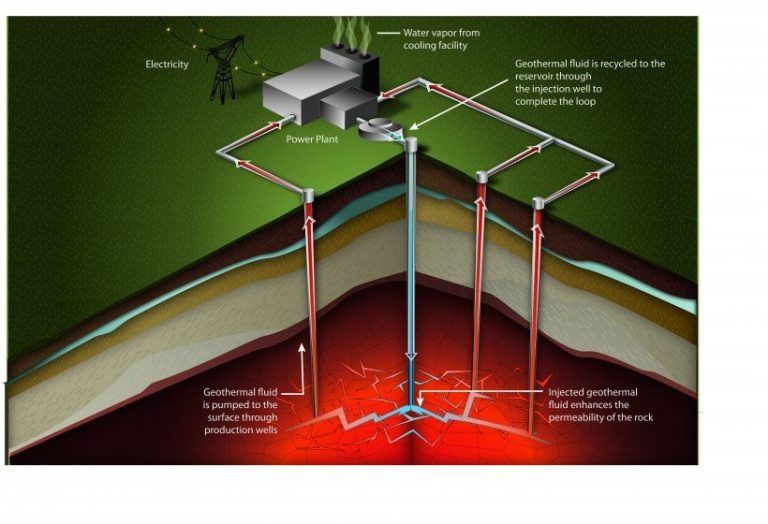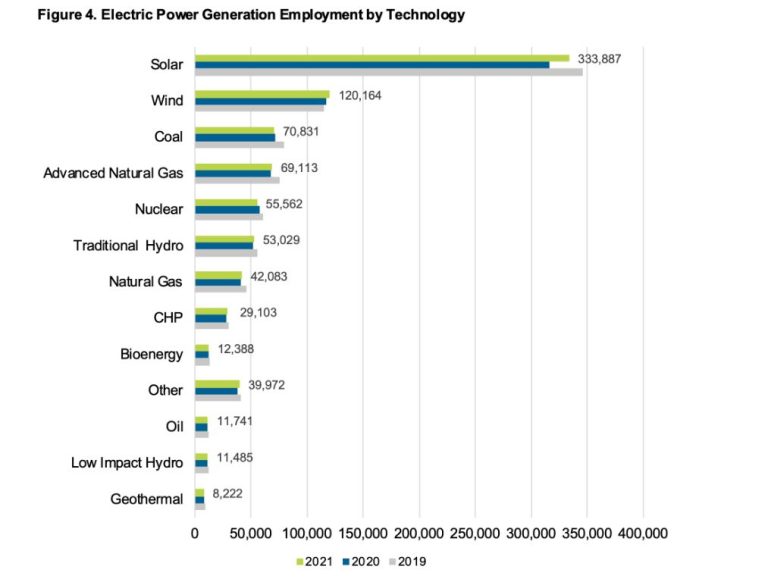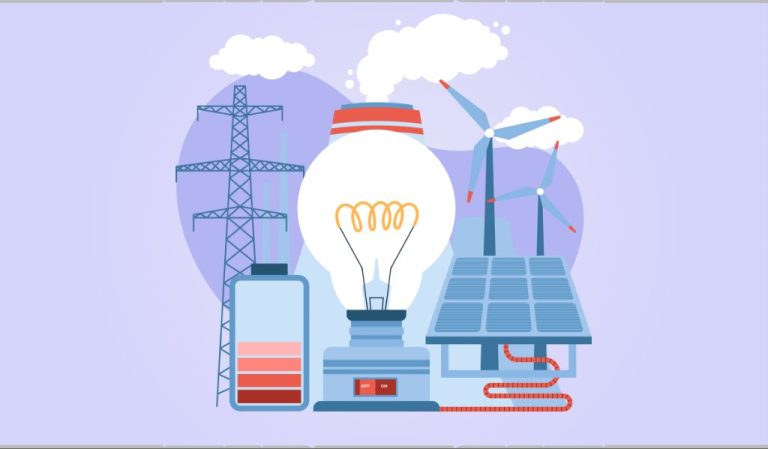What Does Kwh Represent The Unit For?
Introducing the kWh
kWh stands for kilowatt hour and is a unit of measurement for electrical energy. A kilowatt hour represents the amount of electricity needed to power one kilowatt for one hour. Put simply, the kWh is a way to measure electrical energy consumption over time.
The “kilo” part of kWh refers to 1000 watts, while the “hour” part refers to using that amount of energy for one hour. So one kWh is equivalent to using 1000 watts for one hour, or using 1 watt for 1000 hours. In other words, the kWh allows us to quantify electrical energy usage to determine the total power used over time.
Understanding kWh helps consumers determine the amount of electricity used, while also allowing utilities and suppliers to properly charge for electrical power. The kWh unit provides a standard way to compare electrical usage, while also monitoring energy consumption to improve efficiency.
Measuring Electric Power
Electric power is measured in watts. A watt is defined as one joule per second. This means that power is a measure of the rate of energy usage or transfer. For example, a 100 watt lightbulb uses 100 joules of energy per second when turned on.
While watts measure power, the total energy used or transferred is measured in watt-hours. A watt-hour is equivalent to using one watt for one hour, or 60 watt-minutes, or 3,600 joules. So if you use a 100 watt lightbulb for one hour, you will have used 100 watt-hours of energy (100 watts x 1 hour).
The kilowatt-hour (kWh) is commonly used to measure electric energy consumption. One kWh equals 1,000 watt-hours. On an electricity bill, usage is shown in kWh. This gives the total electric energy used over a billing period, enabling calculation of the cost based on electricity rates.
Kilowatts vs Megawatts
When discussing electric power, the main units used are watts, kilowatts, and megawatts. While they may sound similar, there are important distinctions between these units:
A watt is a unit of power that measures the rate of energy conversion or transfer. A kilowatt (kW) is equal to 1,000 watts, while a megawatt (MW) is equal to 1,000,000 watts or 1,000 kilowatts.
So in other words, a kilowatt is 1,000 times greater than a watt, while a megawatt is 1,000 times greater than a kilowatt. This helps put in perspective the magnitude of difference between these units:
- 1 watt powers a very small device like an LED light bulb
- 1 kilowatt powers a mid-sized appliance like a microwave oven
- 1 megawatt can power a very large machine, building, or even over 700 average U.S. homes
Understanding the scale between watts, kilowatts, and megawatts is important when discussing electricity usage and generation. The difference between a 5 kW solar array versus a 5 MW wind turbine installation is massive. So keeping in mind that each increase of 1,000x between these units represents a large jump in capacity helps properly contextualize electric power figures.
Kilowatt Hours in Use
An important consideration with the kilowatt hour is how much power various appliances and devices actually consume. Understanding the kWh usage is helpful for budgeting electricity costs and identifying opportunities to increase efficiency.
Here are some examples of approximate kWh usage for common household items:
- Refrigerator – 700-800 kWh per year
- Clothes dryer – 650-5,000 kWh per year depending on usage
- Dishwasher – 300-400 kWh per year
- LED light bulb – 10-15 kWh per year if left on 6 hrs/day
- Laptop computer – 30-50 kWh per year if used regularly
- LCD TV (32″) – 150 kWh per year if used 6 hrs/day
- Electric oven – 300-500 kWh per year depending on usage
- Air conditioner (window unit) – 1,000+ kWh per year
Larger appliances like electric water heaters and central air conditioning can use significantly more kWh per year. Understanding the impact of device usage on electricity consumption can help guide efforts to improve efficiency and reduce costs.
Calculating kWh
The kilowatt hour (kWh) is a unit that measures electric energy consumption. It allows you to calculate the energy used by an appliance or device based on its wattage and the amount of time it runs.
The formula to calculate kWh is:
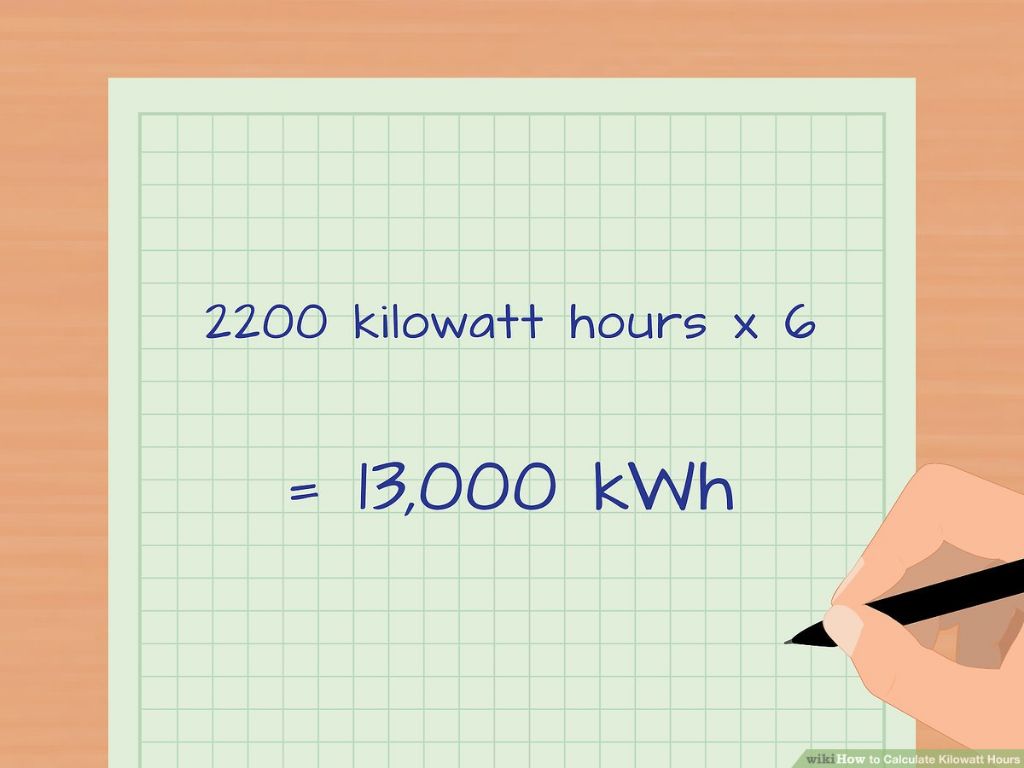
kWh = Power (kilowatts) x Time (hours)
Or more simply:
kWh = Watts x Hours / 1000
Where Watts is the power rating of the device, and Hours is the amount of time it runs. This formula shows that a kWh is equal to using 1,000 Watts for 1 hour.
For example, if you use a 100 watt light bulb for 10 hours, you can calculate the kWh used as:
kWh = 100 x 10 / 1000 = 1 kWh
So that 100 watt light bulb running for 10 hours consumes 1 kWh of electricity. This method can be used to determine the kWh usage for any appliance or device if you know its wattage and hours used.
Utility Bills
The kilowatt hour (kWh) is commonly used to calculate electricity bills from utility companies. Your monthly electricity bill shows your electricity usage in kWh along with the utility’s rate per kWh. By multiplying your kWh usage by the rate, you can calculate your total bill amount.
For example, if you used 600 kWh of electricity last month, and your utility company charges $0.15 per kWh, your monthly bill would be 600 x $0.15 = $90.
Utility rates per kWh can vary greatly by location, provider, and type of customer (residential, commercial, industrial). Typical residential rates in the U.S. range from around $0.10 – $0.30 per kWh. Rates also depend on factors like time of use, with higher peak rates during weekday afternoons when demand is highest.
Understanding the kWh rate helps consumers estimate costs and compare rates between utility providers. Monitoring kWh usage each month helps track your home’s electricity consumption and look for ways to use energy more efficiently to save on future electricity bills.
kWh for Electric Vehicles
The electricity usage of electric vehicles is commonly measured in kilowatt-hours (kWh). This allows easy comparison to the energy consumption of gasoline and diesel vehicles, which is measured in gallons or liters of fuel.
For example, the average new electric vehicle today has an efficiency rating of about 0.3 kWh per mile. This means it consumes 0.3 kWh of electricity to travel one mile. An electric vehicle that can travel 250 miles on a full charge would therefore need around 75 kWh (250 miles x 0.3 kWh/mile = 75 kWh).
In comparison, the average new gasoline-powered car in the US has a fuel efficiency rating of about 25 miles per gallon. To travel the same 250 miles, it would consume 10 gallons of gasoline (250 miles / 25 miles/gallon = 10 gallons).
So an electric vehicle uses about 75 kWh to go 250 miles, while a gasoline car uses 10 gallons of gasoline to travel the same distance. Measuring their energy consumption in kWh and gallons allows for an apples-to-apples comparison.
As electric vehicle technology continues improving, the kWh per mile required is decreasing. This makes EVs even more efficient compared to gas vehicles when it comes to the total energy needed for driving a given distance.
Environmental Impact
The environmental impact of electricity usage measured in kWh depends greatly on the energy sources used to generate that electricity. Fossil fuels like coal, oil and natural gas release significant greenhouse gas emissions like carbon dioxide and methane when burned to produce electricity.
According to the US Energy Information Administration, in 2020 around 60% of utility-scale electricity generation in the United States came from burning fossil fuels. The majority was from natural gas at 40%, while coal accounted for 19% and oil less than 1%. The greenhouse gas emissions from fossil fuel electricity are a major contributor to climate change.
As a unit of measurement, the kWh itself does not necessarily cause emissions. But the more fossil fuel-generated electricity is used and measured in kWh, the greater the amount of greenhouse gases released. Reducing kWh usage or switching to renewable energy sources like solar, wind and hydropower can decrease the environmental footprint of electricity consumption.
More efficient appliances, lighting, vehicles and manufacturing processes that use less kWh can also help limit emissions. But ultimately transitioning away from fossil fuel-based electricity generation will be key to reducing the climate impacts of energy measured and consumed in kWh worldwide.
Improving kWh Efficiency
There are many ways households and businesses can improve their kWh efficiency to reduce electrical usage and costs. Here are some tips:
Use energy efficient lighting like LED bulbs. They use a fraction of the energy of incandescent bulbs to produce the same amount of light. Replace old bulbs throughout your home or office with LEDs.
Unplug devices and electronics when not in use. Many devices continue drawing power even when switched “off” unless they are unplugged. Use power strips to easily disconnect multiple devices.
Enable energy saving settings on computers, monitors, printers and other electronics. Features like sleep mode reduce energy use when not active.
Replace old appliances like refrigerators, washers and dryers with ENERGY STAR rated models. They meet strict efficiency guidelines to use 15-30% less energy.
Use a programmable thermostat to adjust temperatures when away and reduce heating/cooling energy use. Turning down the thermostat just 1° C/2° F can reduce kWh usage by 3%.
Improve home insulation in walls, attics and windows to reduce heat transfer and energy for heating/cooling. Caulk and weatherstrip drafty areas.
Take advantage of natural lighting and ventilation. Open blinds and curtains during the day and rely less on lights. Let fresh air in when possible instead of air conditioning.
Run full loads in dishwashers, washing machines and dryers. Avoid using large appliances for small loads.
Use microwaves, pressure cookers and other appliances that use less energy for cooking when possible.
Install low-flow showerheads and faucets. Reduce hot water usage to lower water heating energy costs.
Upgrade to a smart power meter to monitor kWh usage in real-time and identify waste. Smart meters also enable smart grid integration.
Consider installing solar panels to generate clean, renewable electricity and lower kWh purchased from the utility.
The Future of kWh
The future of kWh usage and efficiency looks bright as renewable energy sources become more widespread and technologies continue improving. There are several key trends and projections related to kWh to be aware of:
Renewable Energy Growth – Sources like solar, wind and hydropower are rapidly expanding their share of electricity generation. This transition to renewables will impact kWh usage, as these technologies often produce energy more intermittently than traditional sources. Smart meters and grid management will become increasingly important.
Electrification – Electrifying more aspects of life, such as electric vehicles, heating systems and appliances, is expected to drive growth in kWh demand over the coming decades. However, efficiency gains could offset some of this growth.
Efficiency Improvements – From LED lighting to high-efficiency appliances to smart thermostats, technologies are making significant strides around using less kWh for the same activities. Stricter efficiency standards and building codes will also constrain kWh growth.
Demand Response – Utilities are implementing more demand response programs to shift electricity use to off-peak times and balance grids. These programs incentivize consumers to adjust their kWh usage patterns.
Distributed Energy – Rooftop solar, home batteries and microgrids allow consumers to generate, store and manage electricity at point of use. These disruptive models are changing the traditional utility-customer relationship and how kWh are produced and consumed.
Overall, while kWh usage is expected to grow over the long-term as electrification increases, more efficient technologies, smarter grids, and renewable energy should help constrain and manage this growth in a sustainable manner.

